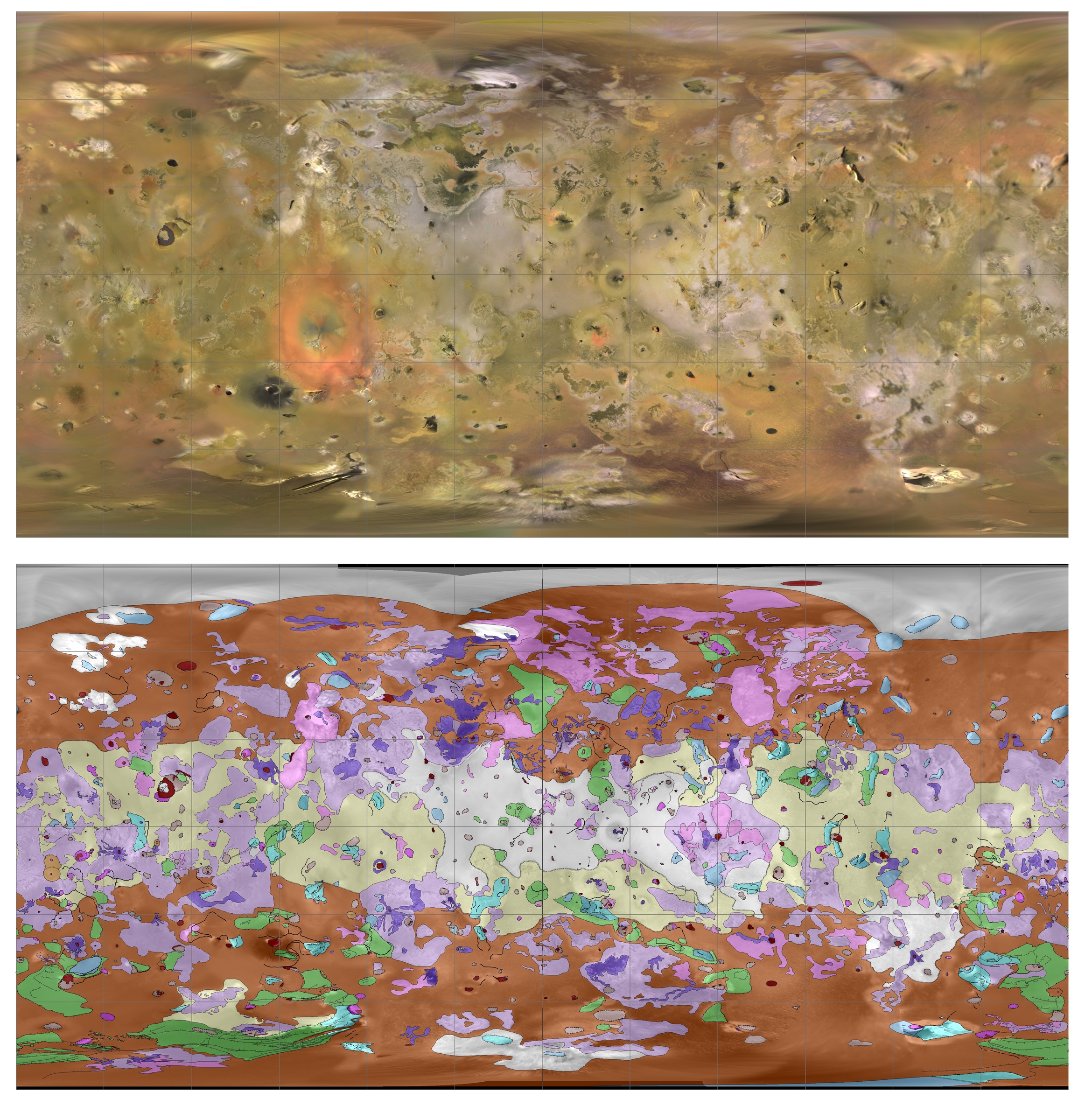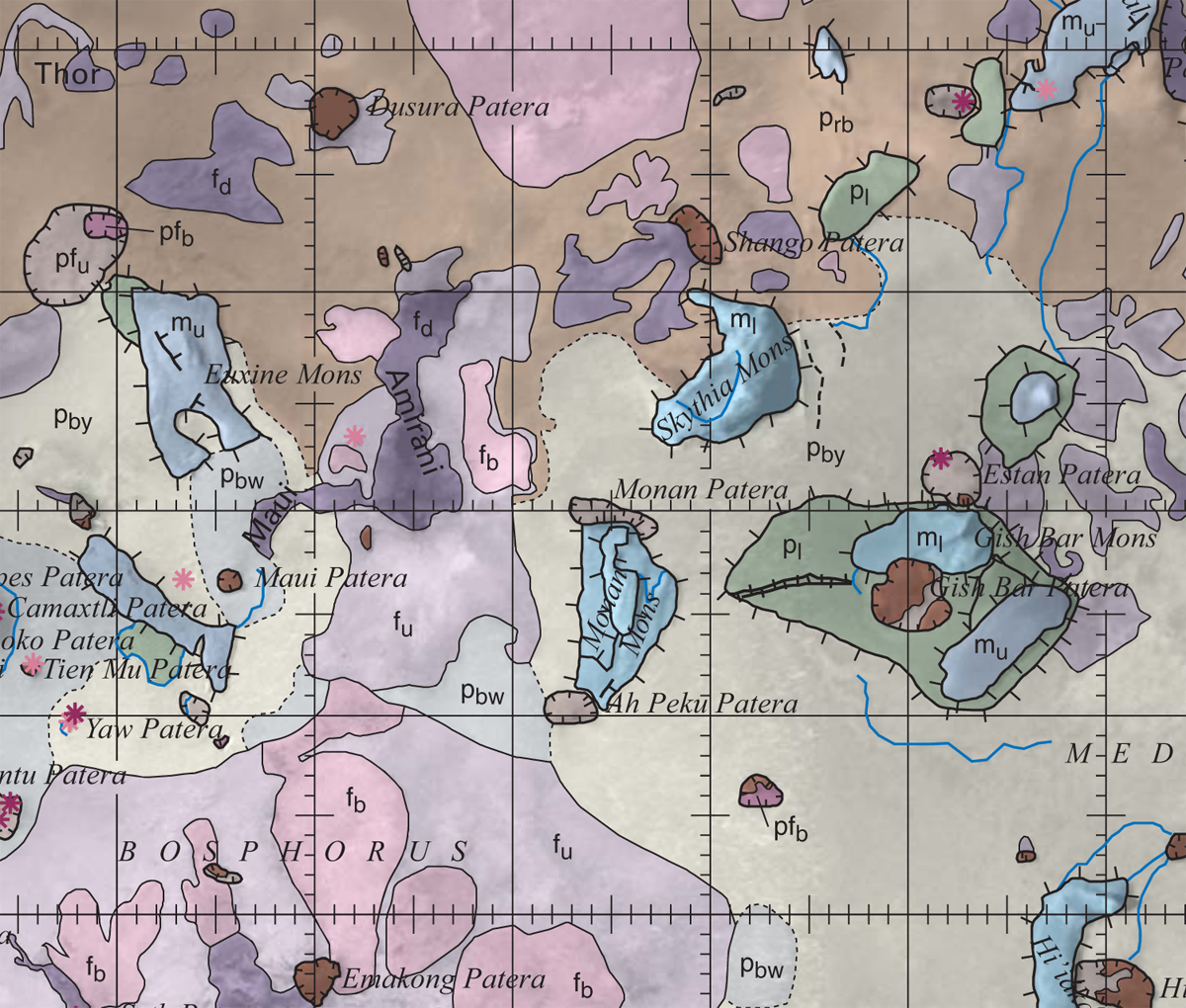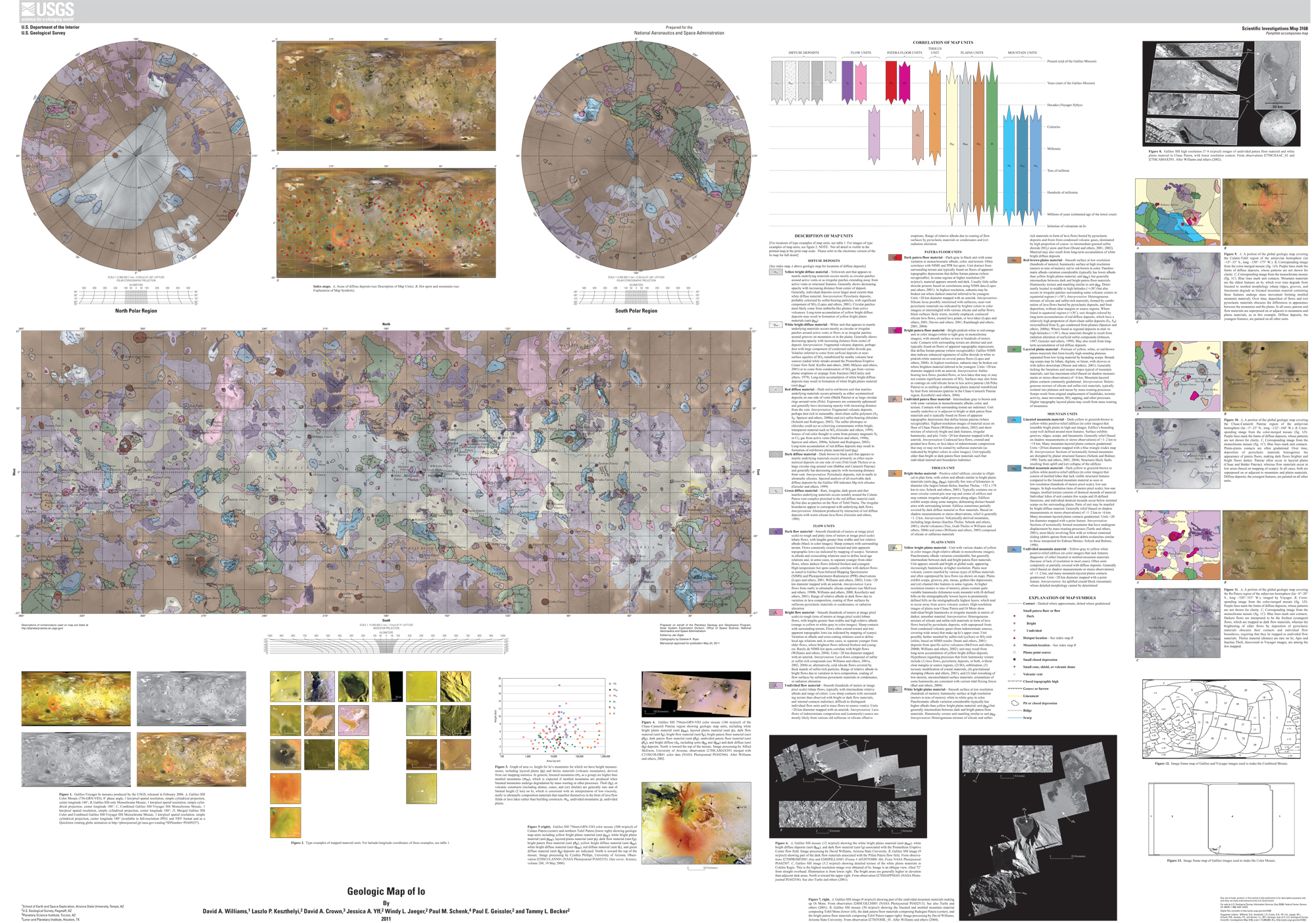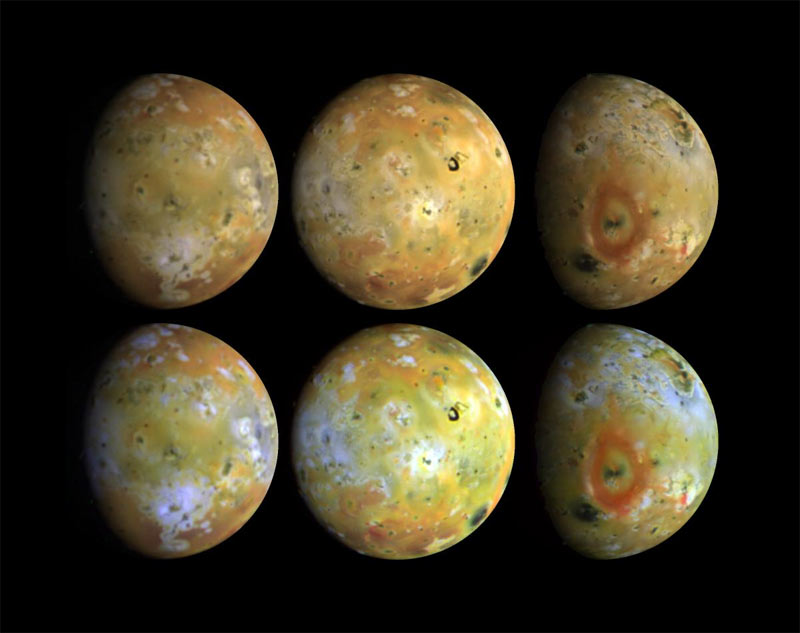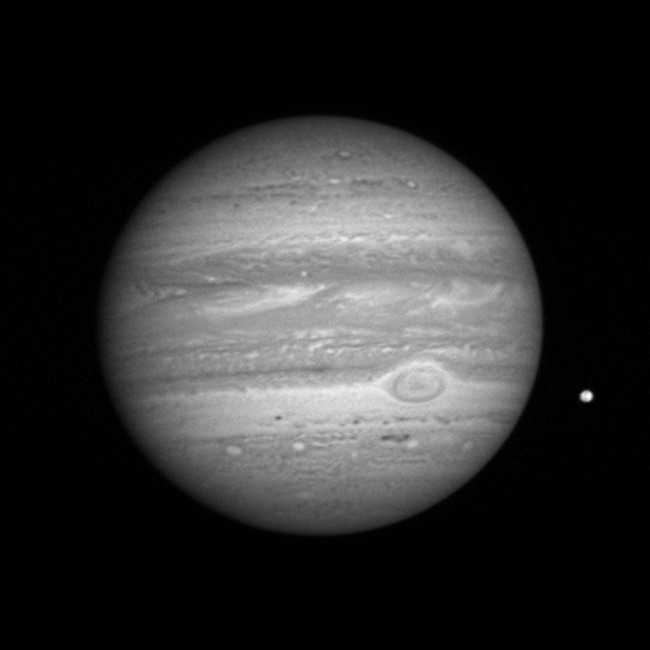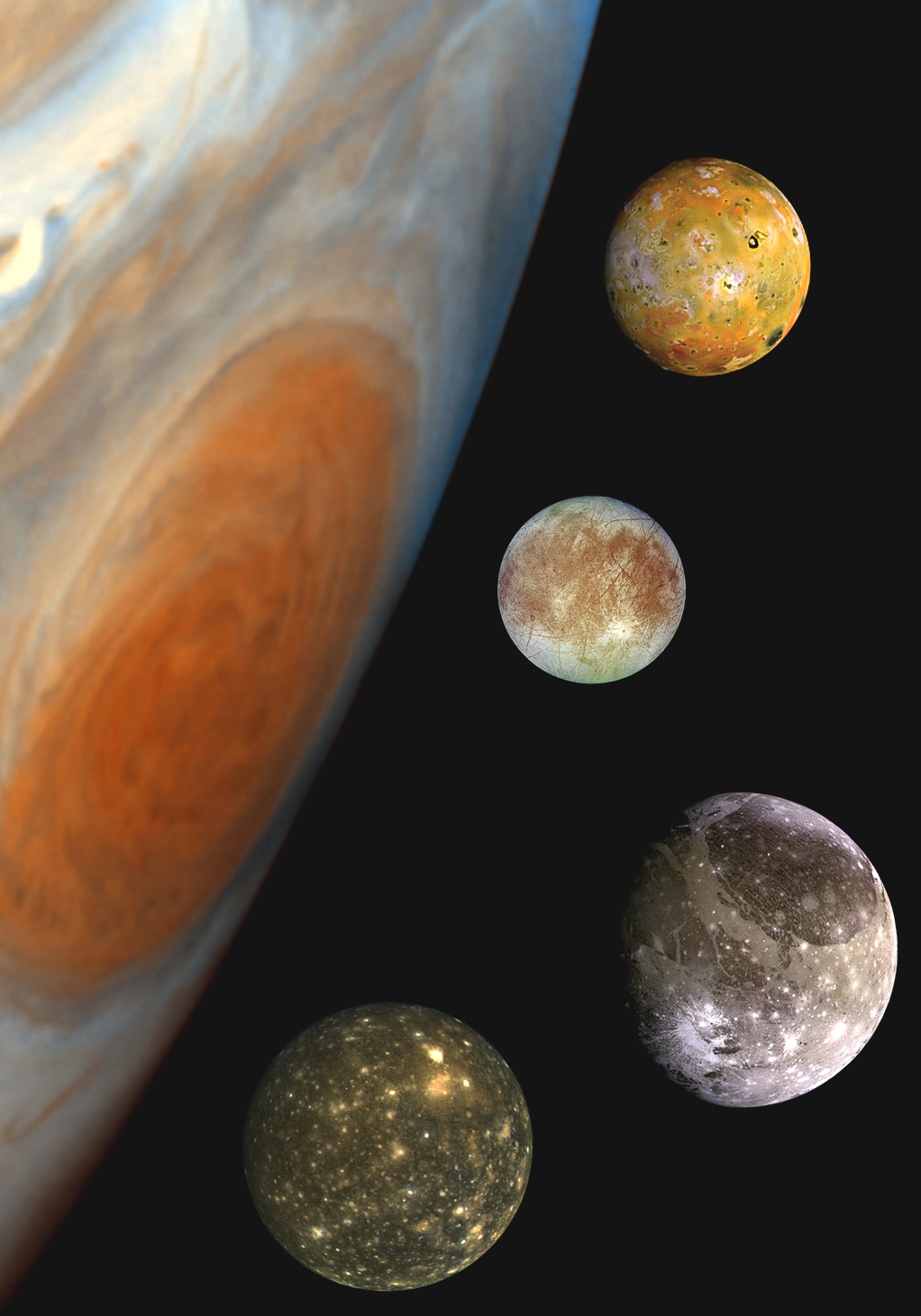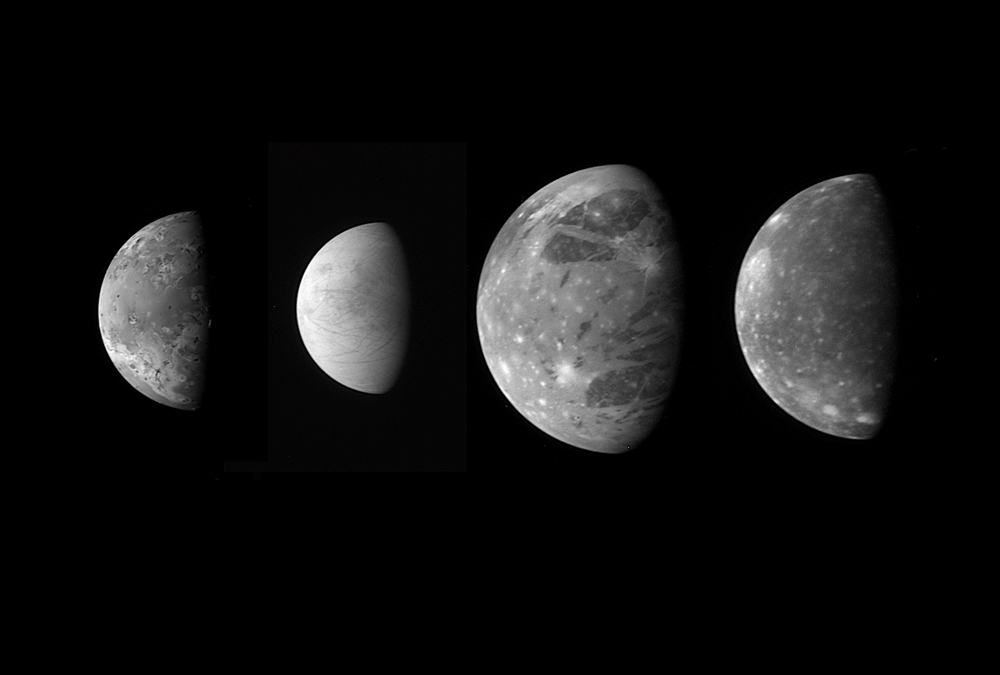Amazing Photos: Jupiter's Volcanic Moon Io
First Complete Map of Io, Jupiter's Volcanic Moon
This first-ever complete map of Jupiter's volcanic moon Io released on March 19, 2012, was created using data and images from NASA's Galileo spacecraft, (which studied Jupiter and its moons between 1995 and 2003) and the Voyager 1 mission in 1979. This merged mosaic (top) served as the primary base map for the geologic map of Io (bottom). [Full story.]
Io New Map Detail
This image shows detail of the USGS map of Jupiter's moon Io, released March 19, 2012.
First-Ever Global Geologic Map of Jupiter's Moon Io
This map, released in March 2012 by the U.S. Geological Survey, is the first ever to chart the Jupiter moon Io's geology on a global scale. Io is the most volcanically active object in the solar system. [Full story.]
Jupiter and Io, by New Horizons
This montage of New Horizons images shows Jupiter and its volcanic moon Io, and were taken during the spacecraft's Jupiter flyby in early 2007.
Volcanic Moon of Jupiter Is Smelly and Bizarre
The Galileo spacecraft orbiting Jupiter returned these photographs of the Jovian volcanic moon Io in 1996. The red material on the surface is thought to be associated with recent volcanic eruptions.
Jupiter's Moon Io and Its Magma Ocea
Artist's concept of the internal structure of Jupiter's moon Io. A global magma "ocean" (shown in orange) lies beneath a crust 30 to 50 kilometers thick. The rest of Io's mantle is shown in gold, while the moon's core is rendered in silver.
NASA's New Horizons Spacecraft Sees Jupiter and Io
NASA's New Horizons snapped this view of Jupiter and its volcanic moon Io in early January 2007.
Breaking space news, the latest updates on rocket launches, skywatching events and more!
Jupiter's Family Portrait
This "family portrait," a composite of the Jovian system, includes the edge of Jupiter with its Great Red Spot, and Jupiter's four largest moons, known as the Galilean satellites. From top to bottom, the moons shown are Io, Europa, Ganymede and Callisto.
Jupiter's Moons: Family Portrait
This montage shows the best views of Jupiter's four large and diverse "Galilean" satellites as seen by the Long Range Reconnaissance Imager (LORRI) on the New Horizons spacecraft during its flyby of Jupiter in late February 2007. The four moons are, from left to right: Io, Europa, Ganymede and Callisto. The images have been scaled to represent the true relative sizes of the four moons and are arranged in their order from Jupiter.
Io in Eclipse
This unusual image shows Io glowing in the darkness of Jupiter's shadow. Io's surface is invisible in the darkness, but the image reveals glowing hot lava, auroral displays in Io's tenuous atmosphere and volcanic plumes across the moon.

Space.com is the premier source of space exploration, innovation and astronomy news, chronicling (and celebrating) humanity's ongoing expansion across the final frontier. Originally founded in 1999, Space.com is, and always has been, the passion of writers and editors who are space fans and also trained journalists. Our current news team consists of Editor-in-Chief Tariq Malik; Editor Hanneke Weitering, Senior Space Writer Mike Wall; Senior Writer Meghan Bartels; Senior Writer Chelsea Gohd, Senior Writer Tereza Pultarova and Staff Writer Alexander Cox, focusing on e-commerce. Senior Producer Steve Spaleta oversees our space videos, with Diana Whitcroft as our Social Media Editor.
